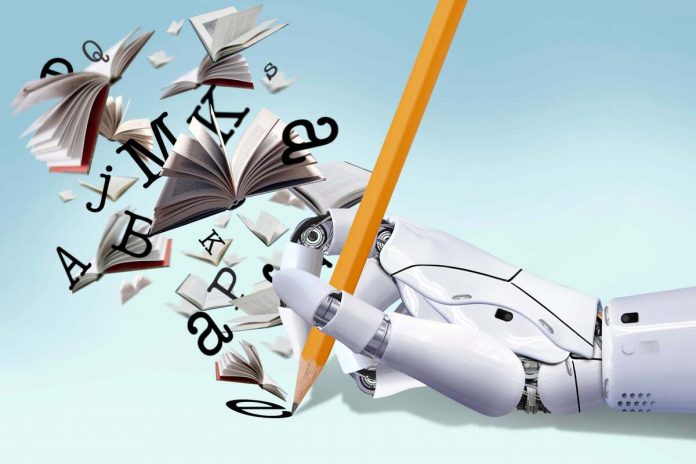Once you get past the chatbot hype, it’s clear that generative AI is a useful tool, providing a way of navigating applications and services using natural language. By tying our large language models (LLMs) to specific data sources, we can avoid the risks that come with using nothing but training data.
While it is possible to fine-tune an LLM on specific data, that can be expensive and time-consuming, and it can also lock you into a specific time frame. If you want accurate, timely responses, you need to use retrieval-augmented generation (RAG) to work with your data.
RAG: the heart of Microsoft’s Copilots
The neural networks that power LLMs are, at heart, sophisticated vector search engines that extrapolate the paths of semantic vectors in an n-dimensional space, where the higher the dimensionality, the more complex the model. So, if you’re going to use RAG, you need to have a vector representation of your data that can both build prompts and seed the vectors used to generate output from an LLM. That’s why it’s one of the techniques that powers Microsoft’s various Copilots.
To read this article in full, please click here
InfoWorld Cloud ComputingRead More


